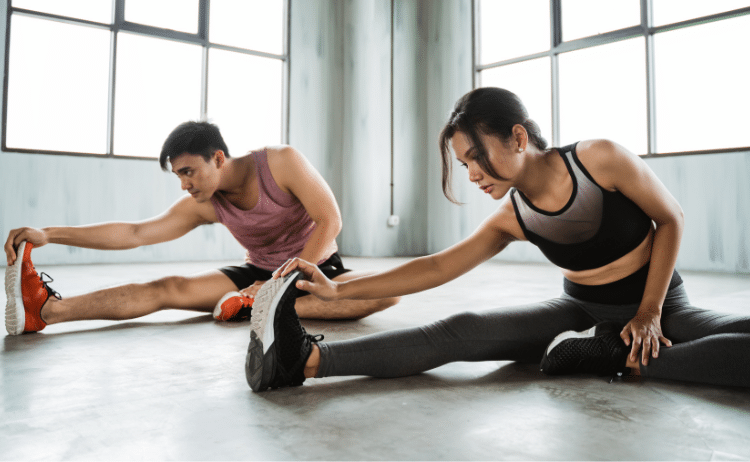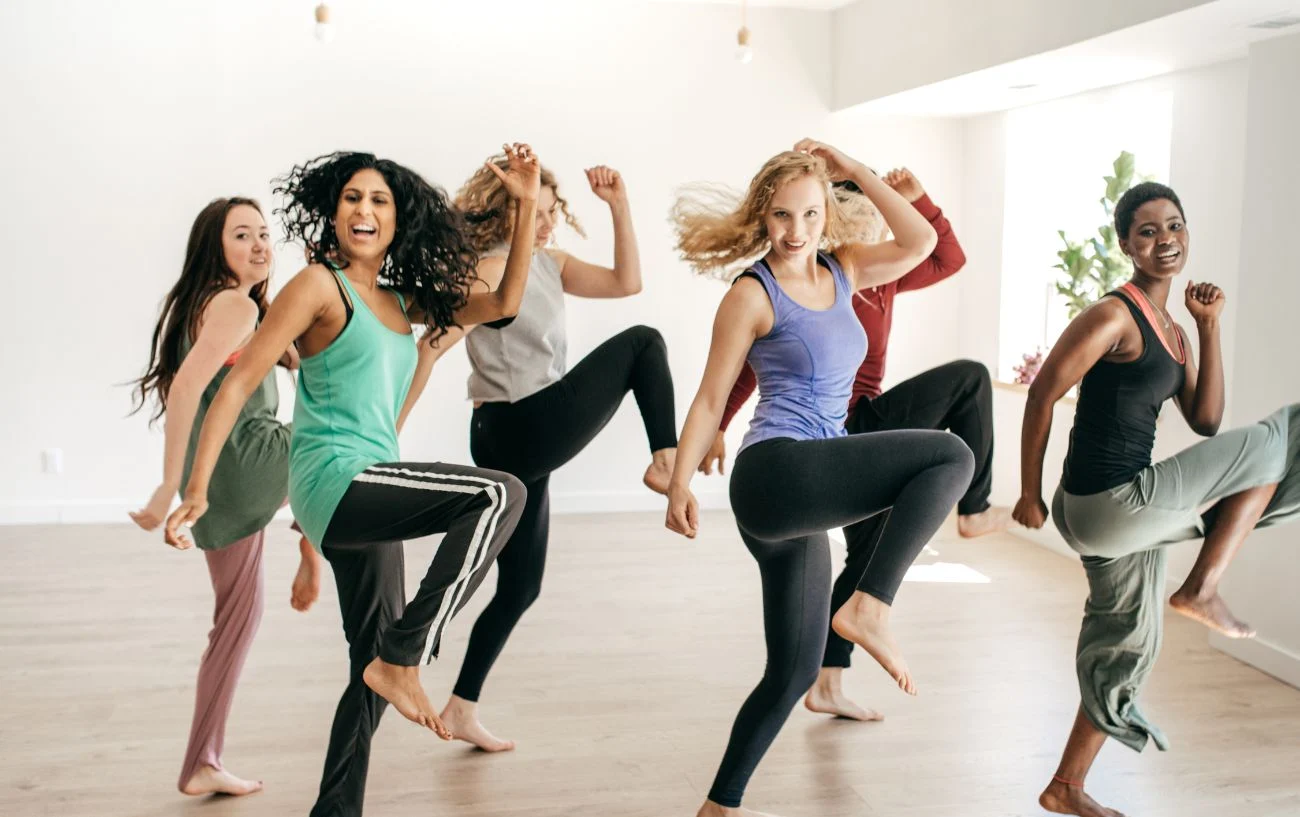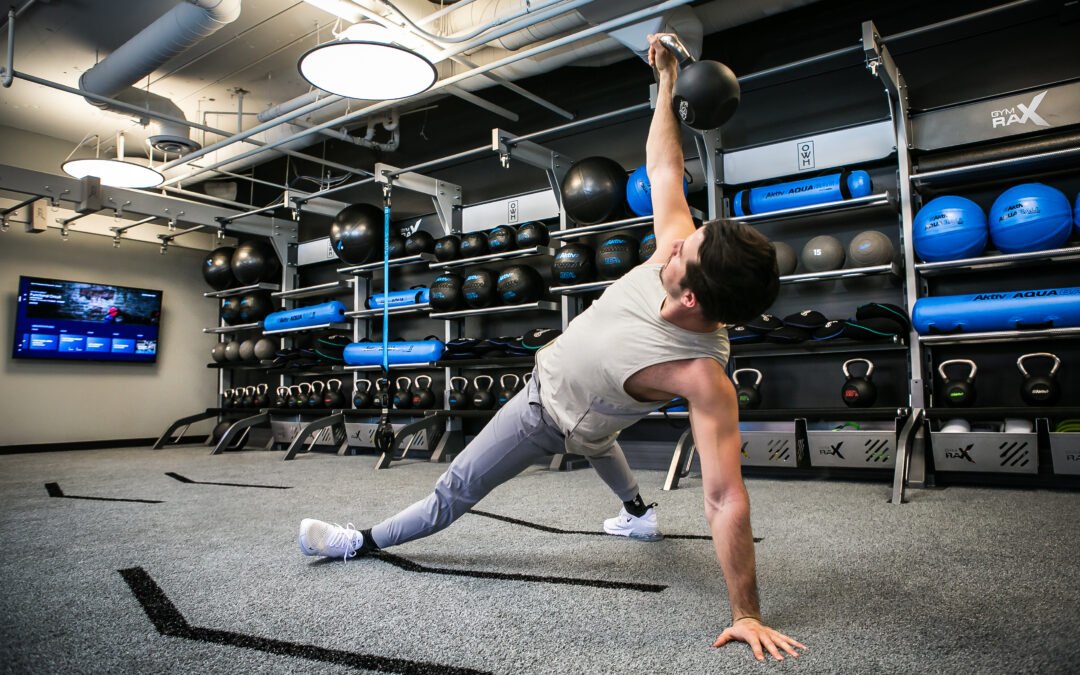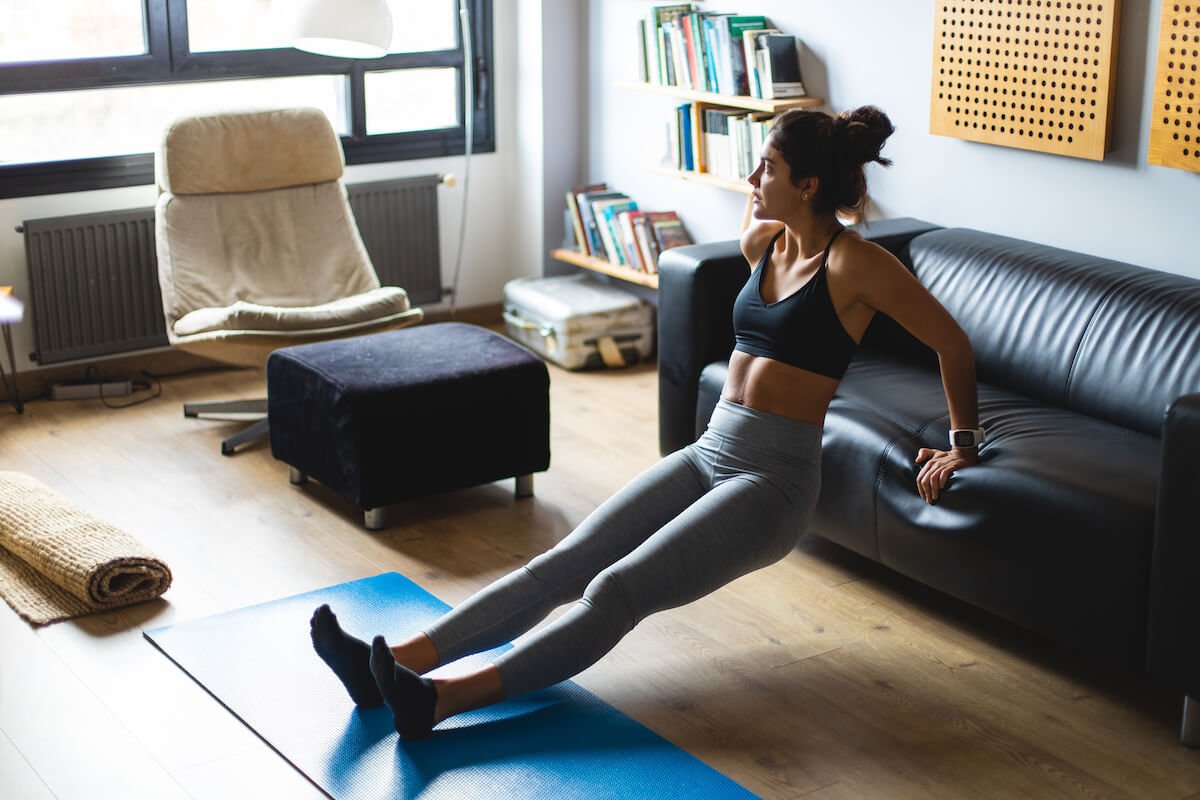
People often overlook stretching and flexibility when thinking about fitness, but they are crucial for staying mobile, functional, and injury-free. Many people focus on building muscle or doing aerobic exercise but forget that flexibility is just as important to their health. Regular stretching helps muscles and joints move more freely, allowing you to maintain your balance, improve your posture, and perform better in other activities. Without flexibility, movement is restricted, leading to stiffness, discomfort, and an increased risk of injury in daily life. Learning the basics of stretching is the first step toward a healthier life and a happier you in the long run.
How Flexibility Impacts Daily Life
Flexibility is more than just being able to touch your toes or perform advanced yoga poses; it also means being able to move your body easily and efficiently. You need flexible muscles and joints to perform daily activities, such as bending down to pick something up, reaching off a shelf, and even climbing stairs. When muscles aren’t flexible enough, they become tight and stiff, putting stress on the body and increasing the risk of accidents. Maintaining flexibility, especially for older adults, can help them maintain their independence and reduce the risk of falls. A flexible body can also better adapt to changes in activity, such as starting a new sport or taking on a demanding job.
How Stretching Improves Flexibility and Posture
Stretching is an important part of maintaining joint mobility, meaning that joints can move freely and effectively through their full range of motion. Flexible muscles around joints make it easier to move and control joints. This process not only improves athletic performance but also helps improve posture. Tight muscles can throw the body off balance, leading to poor posture, such as hunched shoulders or a hunched back after prolonged sitting. Stretching the muscles in the chest, shoulders, and back can help restore balance, relieve pain, and maintain healthy posture. Improved posture and flexibility can also help you feel more confident and energetic in your daily life.
Different Types of Stretching
There are many types of stretching, each with a different purpose. Static stretching involves holding a position for a period of time, usually 15 to 60 seconds. It is effective for improving overall flexibility. Dynamic stretching is an excellent warm-up because it prepares muscles and joints for movement through controlled, dynamic movements. Ballistic stretching uses bouncing movements to stretch muscles beyond their normal range of motion. However, this type of stretching is less recommended due to an increased risk of injury. Proprioceptive neuromuscular facilitation (PNF) stretching is a method performed with a partner to maximize the effects of muscle stretching and contraction. By understanding these types of stretching, individuals can choose the strategy that best suits their goals.
Stretching for Specific Target Groups and Needs
People of different ages, lifestyles, and physical conditions can have different stretching needs. Athletes often do dynamic stretching exercises before training or competition to improve their performance and reduce the risk of injury. Stretching exercises that focus on the hips, lower back, and shoulders are very beneficial for sedentary office workers. Older adults may need simple stretches to maintain their balance, flexibility, and joint health and to move independently. People recovering from injuries can also use targeted stretching as part of physical therapy to restore their mobility. Everyone can achieve better results and move healthier by developing a stretching program tailored to their needs.
Common Mistakes to Avoid in Stretching
Stretching has many benefits, but if done incorrectly, it can cause pain or discomfort. Jumping around during static stretches is a classic mistake; instead of slowly lengthening the muscles, it can actually damage them. Stretching cold muscles without warming up first can also cause muscle damage, so it’s best to do some light exercises first or wait until after your workout to do deep stretches. Holding your breath while stretching is also a mistake, as it can cause your body to tense up. Instead, slow, steady breathing can help relax the muscles. Stretching outside the body’s natural range of motion is also dangerous and can lead to injury. As long as you pay attention to your physical condition and use proper technique, stretching is safe and effective.
Benefits of Stretching Beyond Flexibility
The health benefits of stretching go far beyond improving flexibility. Stretching helps improve blood flow to the muscles, which speeds up post-workout recovery and reduces muscle soreness. It also relieves muscle tension, reduces stress, and helps you relax. Stretching also helps improve your balance and coordination, which is crucial for both exercise and daily life. Some people find stretching relaxing and even meditative, which benefits both physical and mental health. These additional benefits make stretching a full-body exercise that benefits both physical and mental health.
Conclusion
To stay healthy, improve your flexibility, and prevent accidents, you need to learn the basic principles of stretching and flexibility. Regular stretching maintains muscle and joint mobility, helps you stand upright, and makes daily activities easier. Flexibility is just as important as strength and endurance for maintaining balance and functioning properly. People of all ages can benefit from the many advantages of stretching, provided they stretch correctly and use a variety of stretching exercises. You can start training your flexibility at any time, and even small, regular efforts can have a giant impact on your health and quality of life.
FAQs
1. Why is stretching so important for flexibility?
Stretching lengthens muscles and helps them achieve a full range of motion, making them more flexible and agile.
2. How often should I stretch?
Stretching should be done at least three to five times a week, but even short stretches daily can be very beneficial.
3. Should I stretch before or after exercise?
Dynamic stretching before exercise helps prepare the muscles. Static stretching is more effective after exercise because the muscles are warmed up.
4. Can stretching prevent muscle soreness?
Stretching improves blood circulation, which can relieve muscle tension, but it cannot completely eliminate it.
5. Can overstretching cause muscle damage?
Yes, overstretching a muscle can cause muscle damage, so it’s important to stretch slowly and pay close attention to how your body feels.
Written by
Internet Upoznavanje
Dobrodošli na Internetupoznavanje – mesto gde se životi spajaju, a ljubavne priče dobijaju svoj novi početak. 🌹
Naša platforma je namenjena svima koji žele da se povežu sa iskrenim ljudima, razmene iskustva o ljubavi, vezama i životu u dvoje. Verujemo da ljubav nije slučajnost, već put na koji svako od nas može zakoračiti uz pravu podršku i pravo društvo.
📌 Šta nas izdvaja?
Svi oglasi na našem sajtu su pravi oglasi pravih ljudi. Nema lažnih profila, skrivenih namera ni praznih reči – samo ljudi koji, baš kao i vi, žele iskrenu povezanost.
Osim što pomažemo u upoznavanju, tu smo i da vam pružimo savete: kako pronaći ljubav, kako prepoznati pravu osobu, ali i kako negovati i održati već postojeću vezu.
Kod nas ne dobijate samo priliku za kontakt, već i podršku na svakom koraku – jer ljubav zaslužuje pažnju i trud.
💌 Naša misija je da inspirišemo ljude da veruju u ljubav, bez obzira na godine, prošla iskustva ili životne okolnosti. Ovde svako ima šansu da pronađe svoju drugu polovinu, novo prijateljstvo ili jednostavno – osobu koja će ga razumeti.
Zato, ako tražite iskrenost, toplinu i priliku da gradite nešto lepo – Internetupoznavanje je pravo mesto za vas.



